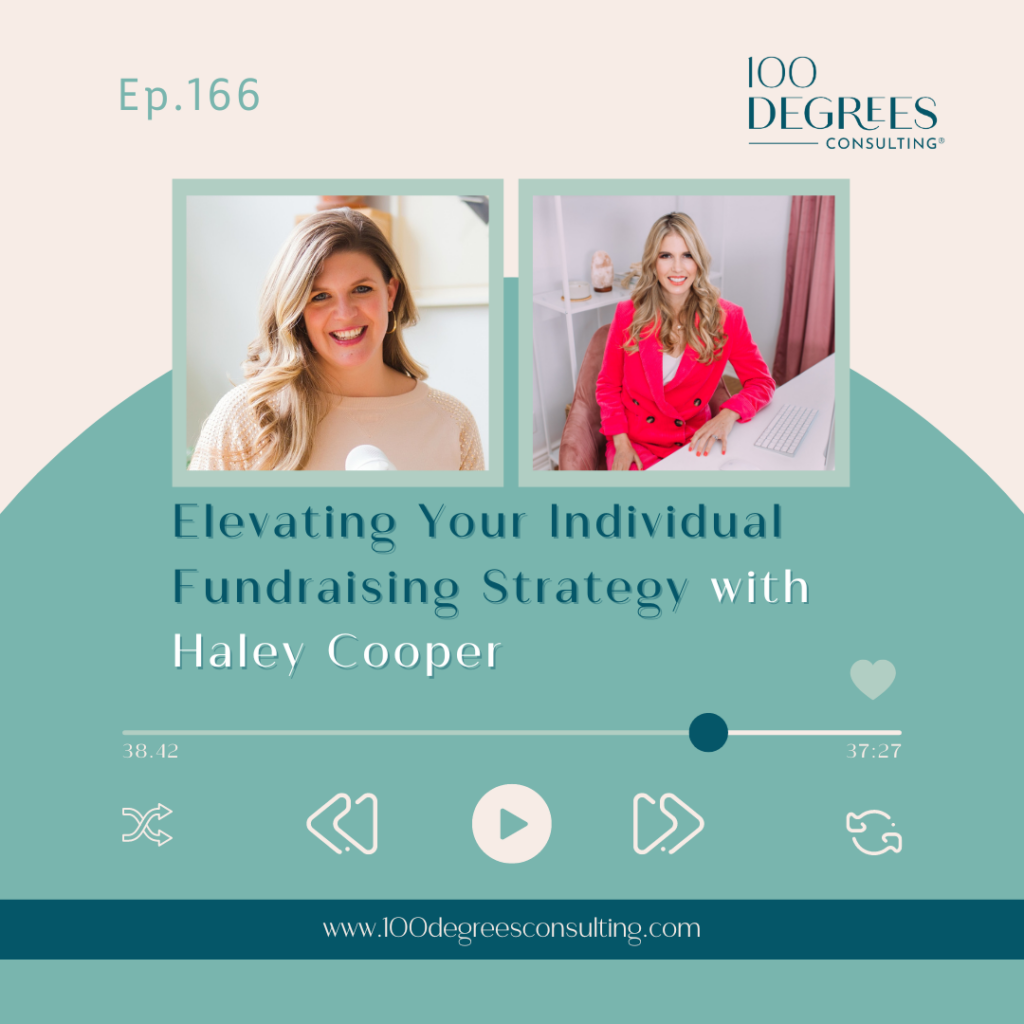Mitigating risk.
Big words. Sounds scary. Not applicable to my business or my little nonprofit.

We all know that starting any type of venture – your own business or a nonprofit or social enterprise – comes with inherent risk. We invest our time and often money into something that we don’t know will be profitable or make an impact on those we set out to help. And when it does work out, a lot of times better than we expected, there are opportunities to grow and expand that again come with risk. Even working for someone else or a Fortune 500 company can be risky. We don’t have control over decision-making or our salaries or whether or not we might be laid off one day.
I’ve been approached by a number of clients lately – entrepreneurs, small businesses, and nonprofits alike – all wanting to know how financially healthy they actually are and if they can afford that big investment they want to make next year. They want a clearer picture of the risk that lies ahead, how they can address it, and they want it in the form of numbers.
As a CFO, this brings me no greater joy because knowing your numbers and being able to see in black and white where the money is coming from and going is one of the most important ways to mitigate risk. The more insight you have, the less unknown lies ahead and the more confident you can be in your decisions.
Props to you, you savvy people!
So mitigating risk is really not so scary a concept. Even if you’re not a numbers person, I want you to do these three things right now to mitigate risk in your own business.
- Where am I now? Look at a monthly Profit & Loss statement for 2016. You don’t need to be a financial guru to do this – look for what jumps out at you. Circle the numbers, highlight them, and really visualize what’s happening with your business.
- Where are you spending money?
- What months were low on revenue?
- What is your overall net profit (revenue – expenses)?
- Where do I want to be? Write down your goals for next year.
- How do you want to grow?
- What investments in your organization are going to take you there? More people? More professional development?
- Maybe you want to finally invest more in yourself? Increasing your salary or contributing to a retirement account?
- How do I get there? We all know that the best way to get anywhere you’ve never been is with GPS. Back in my day, it was called a map. In this case, your budget is your map. I know it can be scary, but I want you to put together some numbers.
- How are you going to build your revenue goals to be able to make those new investments or otherwise mitigate your risk?
Still don’t think you’ve got the know-how to make the right decisions, even after you do this? I’m happy to help mitigate risk together, but no matter how you approach your numbers, don’t go into 2017 blindly.
When you acknowledge and address your risk, you will reap an even greater reward. As those brilliant Italians say: Sapere e Potere.
Knowledge is power.



















